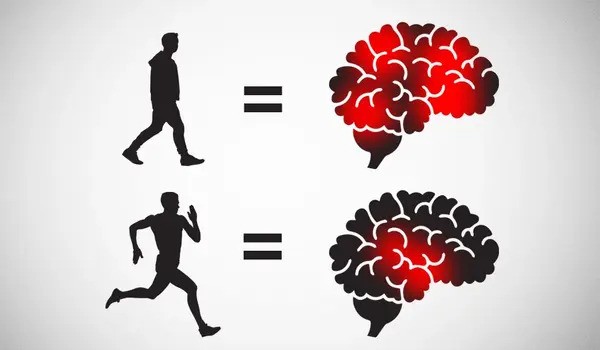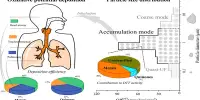Improving prefrontal cortex (PFC) cognitive functions necessitates selecting appropriate activities that improve cerebral blood flow. A new study using functional near-infrared spectroscopy discovered that short-duration, low-intensity physical workouts, except for static stretching with monotonous movements, increased oxygenated hemoglobin (oxy-Hb) levels in children, activating the PFC and improving blood flow. This study is a big step in improving children’s physical and mental health.
The cerebrum is responsible for cognitive activities such as thinking, understanding, memory, language, computation, and judgment. These activities are handled by the prefrontal cortex (PFC), which is located in the frontal lobe of the cerebral cortex. Exercise increases cognitive performance through mechanisms such as increased cerebral blood flow, structural changes in the brain, and neurogenesis.
However, 81% of children worldwide do not get enough physical activity, resulting in high levels of sedentary behavior and insufficient exercise. This lack of physical activity raises worries about the harmful impact on children’s healthy brain development and cognitive functioning.
A recent study published in Volume 14 of Scientific Reports, by doctoral student Takashi Naito from the Graduate School of Sport Sciences, Waseda University, along with Professors Kaori Ishii and Koichiro Oka from the Faculty of Sport Sciences, Waseda University, offers insights into potential solutions.
Our goal is to create a light-intensity fitness program that is accessible to everyone in order to improve brain function and minimize children’s sedentary behavior. We hope to promote and implement this program in schools through collaborative efforts.
Takashi Naito
The study looked into the effects of short-duration, light-intensity exercise on cerebral blood flow in children. “Our goal is to create a light-intensity fitness program that is accessible to everyone in order to improve brain function and minimize children’s sedentary behavior. We hope to promote and implement this program in schools through collaborative efforts,” Naito states.
To improve cognitive performance, it is critical to create workout routines that boost cerebral blood flow. While prior research has shown that moderate-to-vigorous exercise improves cognitive performance, alterations in cerebral blood flow during light-intensity exercise, particularly in children, have yet to be explored.
To address this gap, the team conducted an experimental study to examine the effects of short-term, light-intensity exercises on prefrontal cortex (PFC) hemodynamics. They focused on exercises that can be easily performed on the spot without special equipment, such as stretching. Functional near-infrared spectroscopy (fNIRS), an imaging technique that measures changes in cerebral blood flow through oxy-Hb concentrations, was used for this purpose.

The study included 41 healthy children, ranging from fifth grade elementary to third-year junior high school pupils. The children were taught seven different forms of low-intensity workouts, as well as the accompanying safety considerations. The exercises included Upward Stretch, Shoulder Stretch, Elbow Circles, Trunk Twist, Washing Hands, Thumb and Pinky, and Single-leg Balance. Except for Single-leg Balance, all of the exercises were done seated, with movement patterns lasting between 10 and 20 seconds. Researchers measured and compared oxyhemoglobin levels at rest and during activity.
The study’s results were highly promising, showing a significant increase in oxy-Hb levels in multiple regions of the PFC during all forms of exercise compared to the resting state. However, no significant change in oxy-Hb levels was observed during static stretching with movement in one direction. “By combining the types of exercise that easily increase blood flow in the PFC identified in this study, it is possible to develop an exercise program that everyone can easily engage in to improve children’s executive functions. It may also be used in the future to prevent cognitive decline in adults and the elderly,” explains Naito optimistically.
To summarize, this new study offers a big step forward in combatting inactive lifestyles and engaging brain processes in youngsters, hence promoting their physical and mental development. Although this study found that even short-duration, low-intensity exercise can enhance cerebral blood flow in the prefrontal cortex, more research is needed to determine whether such exercises benefit cognitive function.
















